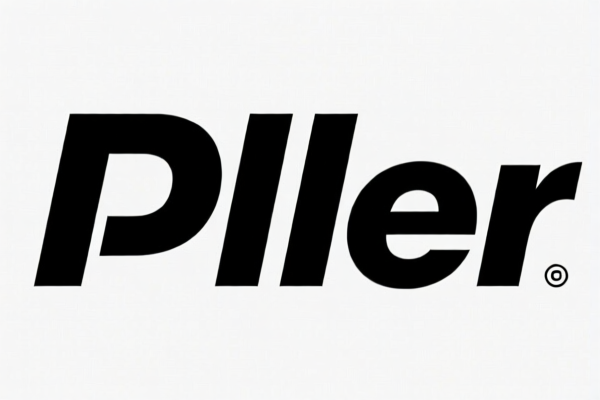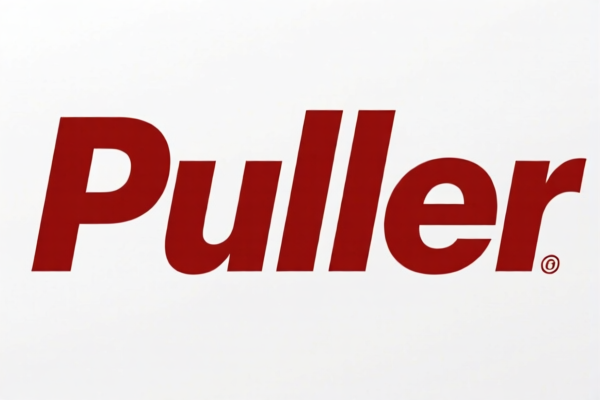| HS Code | Official Doc | Tariff Rate | Origin | Destination | Effective Date |
|---|---|---|---|---|---|
| 8479899599 | Doc | 57.5% | CN | US | 2025-05-12 |
| 8479899599 | Doc | 57.5% | CN | US | 2025-05-12 |
| 8487900080 | Doc | 83.9% | CN | US | 2025-05-12 |
| 8487900040 | Doc | 58.9% | CN | US | 2025-05-12 |
| 8206000000 | Doc | The rate of duty applicable to that article in the set subject t+30.0% | CN | US | 2025-05-12 |
| 8509905500 | Doc | 59.2% | CN | US | 2025-05-12 |




Pull Starter
A pull starter is a mechanism used to initiate the rotational motion of an engine, typically in small engines such as those found in lawnmowers, chainsaws, generators, and other power equipment. It provides a manual alternative to electric starters.
Material:
- Housing: Typically constructed from durable plastics or alloys to withstand repeated pulling forces and environmental conditions.
- Rope: Braided nylon or polyester rope is commonly used for its strength, flexibility, and resistance to abrasion.
- Handle: Often made of plastic or rubber for a secure grip.
- Pawl: Hardened steel is used for the pawl, which engages with the flywheel's teeth.
- Flywheel: Steel is the primary material.
- Spring: Steel spring provides the retracting force.
Purpose:
The primary purpose of a pull starter is to overcome the initial resistance and begin the rotation of the engine's crankshaft, thereby initiating the combustion cycle.
Function:
The pull starter operates through a simple mechanical process:
- Engagement: The user pulls on the handle, extending the rope and winding it around a pulley.
- Pawl Engagement: As the rope unwinds, a pawl (a spring-loaded latch) engages with the teeth on the engine's flywheel.
- Rotation: Continued pulling rotates the flywheel, which is connected to the crankshaft.
- Starting: Once sufficient rotational speed is achieved, the engine begins to run independently.
- Retraction: After the engine starts, the rope retracts automatically due to a spring mechanism.
Usage Scenarios:
- Lawnmowers: Starting gasoline-powered lawnmowers.
- Chainsaws: Initiating the rotation of chainsaw engines.
- Generators: Starting portable generators.
- Snowblowers: Used on small engine snowblowers.
- Outboard Motors: Found on smaller outboard motors.
- Other Power Equipment: Various other small engine applications, including tillers, weed whackers, and pressure washers.
Common Types:
- Recoil Starter: The most common type, featuring a spring-loaded mechanism that automatically retracts the rope after each pull.
- Automatic Starter: Similar to recoil starters, but often includes additional features for smoother operation.
- Cone Starter: Less common, utilizing a cone-shaped component to engage with the flywheel.
- Rapid Starter: Designed for quicker starting, often found on higher-performance engines.
- Electric Starter Conversion Kits: While not a pull starter type, these kits replace pull starters with electric starters for convenience.
Based on the provided information, the following HS codes may be relevant to “pull starter”:
-
8479.89.95.99: This HS code falls under Chapter 84 – Nuclear reactors, boilers, machinery and mechanical appliances; parts thereof. Specifically, it covers 89 – Machines and mechanical appliances having individual functions, not specified or included elsewhere in this chapter; parts thereof, further categorized under 89.95 – Other machines and mechanical appliances, and finally 89.95.99 – Other. The total tax rate is 57.5%, comprised of a 2.5% base tariff, a 0.0% additional tariff, and a 30.0% additional tariff applicable after April 2, 2025, with a further 25% additional tariff for steel or aluminum products.
-
8479.89.95.99: This HS code also falls under Chapter 84 – Nuclear reactors, boilers, machinery and mechanical appliances; parts thereof. Specifically, it covers 89 – Machines and mechanical appliances having individual functions, not specified or included elsewhere in this chapter; parts thereof, further categorized under 89.95 – Other machines and mechanical appliances, and finally 89.95.99 – Other. The total tax rate is 57.5%, comprised of a 2.5% base tariff, a 0.0% additional tariff, and a 30.0% additional tariff applicable after April 2, 2025, with a further 25% additional tariff for steel or aluminum products.
-
8206.00.00.00: This HS code falls under Chapter 82 – Tools, implements, cutlery, hand tools, blowing pipes and articles of similar uses. Specifically, it covers 06 – Tools of two or more of headings 8202 to 8205, put up in sets for retail sale. The applicable duty rate is dependent on the rate applicable to the article within the set, plus 30.0%.
According to the provided reference material, the HS code options related to 'pull starter' are limited, with only the following 3 found.
Regarding HS code 8479.89.95.99, please note the need to verify whether the product is made of steel or aluminum, as an additional 25% tariff may apply.
Customer Reviews
No reviews yet.